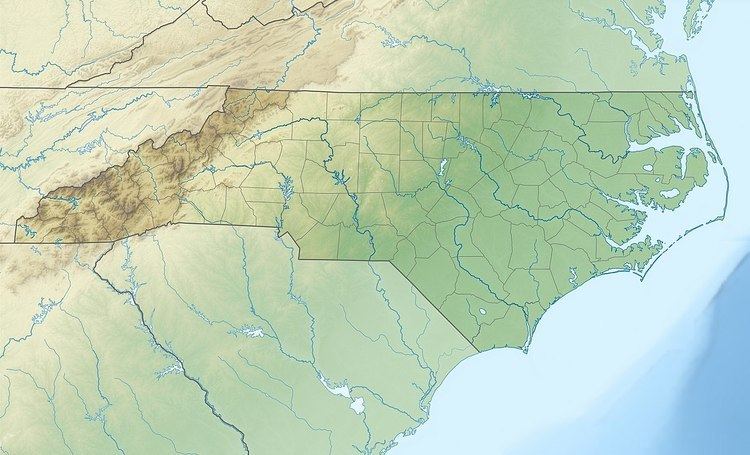Commission date 1926 Type Steam,gas turbine | Combined cycle? Planned Units operational 4 | |
 | ||
Country United States of America Address 354248 Co Rd 9, Elkhart, IN 46514, USA Similar G G Allen Steam Station, Riverbend Steam Station, Dan River Steam Station, Belews Creek Power St, Beckjord Power Station | ||
Buck steam station ash basin b roll
The Buck Steam Station is a 369-MW formerly coal-fired electrical power plant, owned by Duke Energy. There are also three natural gas-fueled combustion turbines at the location that provide an additional 93 MW (and which began operation in 1970), and two natural gas-fueled combined cycle turbines are planned for the near future. Remaining coal-fired units (IDs 5-9) were decommissioned in mid-2011 and April 2013, with only natural gas units (11C and 12C) remaining.
Contents
History
The Buck Steam Station was built in 1926. It is named after a co-founder of Duke Energy, James Buchanan "Buck" Duke. The plant was originally three units, but a fourth was added when the company bought up an order cancelled by the Pentagon.
Dukeville, North Carolina was built as a mill village along the banks of the Yadkin River in 1926 to house plant employees of the Buck Steam Station. In 2014, Dukeville residents were told that "coal ash pits near their homes could be leaching dangerous materials into groundwater."
Addition of combined cycle turbines
In 2007, Duke Energy began to pursue permission to add two new combined cycle, natural gas-fired, 620 MW generating units to its fleet: one at the Dan River Steam Station in Rockingham County, the other at the Buck Steam Station. This was done in order to diversify the company's fuel sources, expand its generating capacity, and to modernize its energy generation by moving away from less efficient, more polluting coal. When the two turbines are added, two of the four older coal units will go offline.
